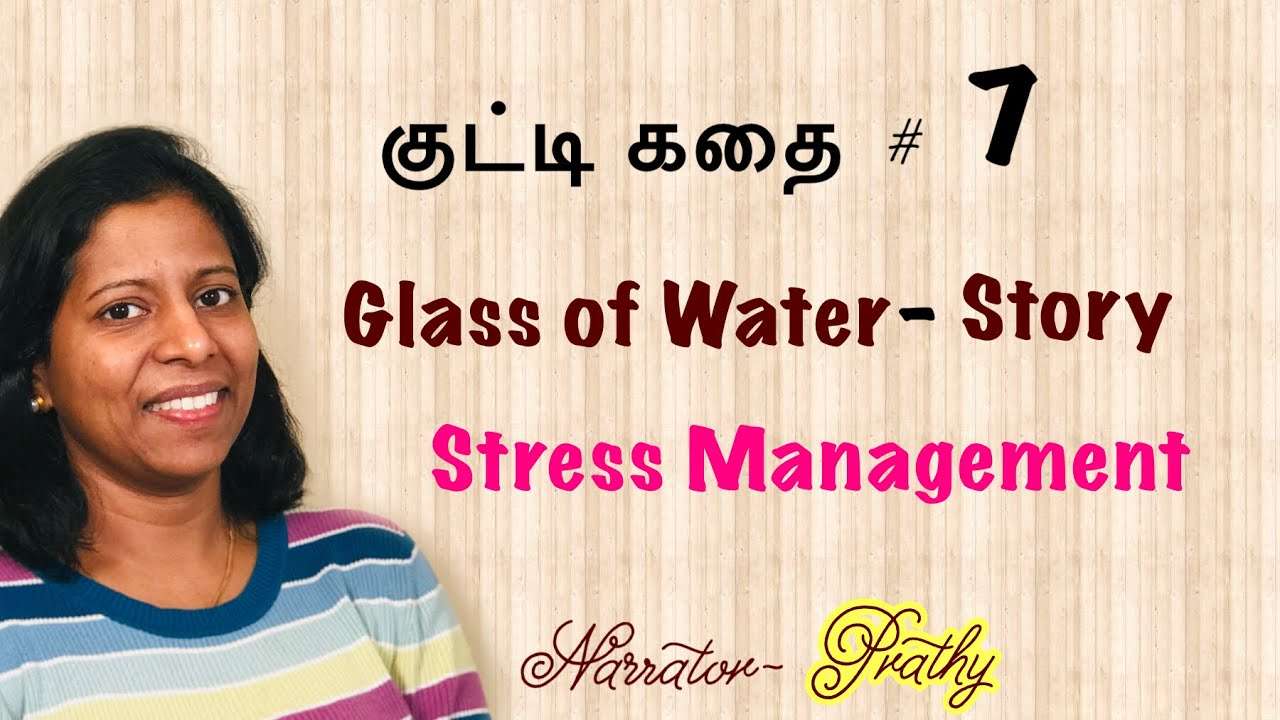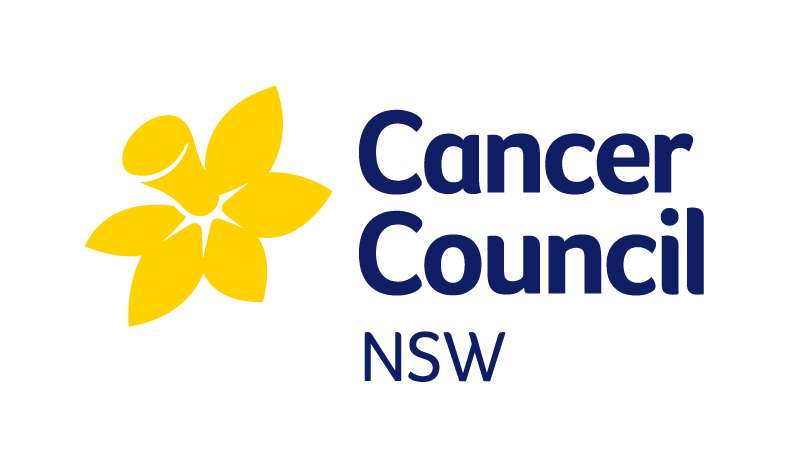The goals of strategic family therapy may be different for each family. Generally, families are seeking to solve some problem – often a behavioral concern with one or more of their children. That behavioral problem, however, is often a response to an environment in which a child feels unheard or out of control. The goal of strategic family therapy is to not only uncover the underlying cause of the dysfunction but to come up with a plan of attack going forwards.
What is Strategic Family Therapy?
Strategic Family Therapy focuses on providing families with a highly structured treatment method over free forming. Your family learns to plan, strategically execute, and measure the outcomes to help solve inner-familial problems. Your therapist will encourage engagement and offer provocative questions during open discussions. During these sessions, problems will present themselves. The therapist does this intentionally so that everyone involved can realize and understand the issues.
What is the Goal of Strategic Family Therapy?
In most cases, there is some catalyst for a family coming to therapy. Usually, it is due to some negative behavior one or more of the children are experiences at home or in school. Families come in to “fix” this individual, but do not fully understand that the child’s behavior is a side-effect of something else going on. Most often, it is that the child feels out of control of their environment and is finding difficulty in coping.
Exploring Family Dynamics
Family dynamics can be complex and may feel difficult to understand. The dynamic of a family has a significant impact on the choices one makes, in both childhood and throughout adulthood. Often, these dynamics trickle down through generations. You and your family must understand your family dynamics to:
-
Be connected to yourself
-
Develop insight and clarity
-
Understand your conscious and unconscious choices
-
Develop awareness to identify healthy and unhealthy relationship patterns
During this phase, there is a very real chance you and your therapist might touch on some childhood trauma one or more of you have experienced. Childhood trauma cannot be ignored and is an essential part of the process when working towards strategic family therapy goals. Adults with childhood trauma can have significant difficulty forming relationships with others, which can be a significant barrier to healing.
Discovering Family Strengths and Resources
A big part of Family Counseling is discovering in what ways your family is strong. Perhaps your family is great at practicing gratitude or showing affection. These strengths can be strategically leveraged to help you work through your problems. In addition, there are resources out there to help. Aside from professional resources, you can learn to come up with coping strategies. Developing deliberate relationships with other people to support you is essential, as you can not know when you will need these people. Learning to be vulnerable will help you:
-
Get to know yourself
-
Be unafraid to ask for help when you need it
-
Share your feelings
-
Be in the moment
-
Set boundaries
Improving Dysfunctional Communication Patterns
Trauma can make it hard for some people to properly communicate, as they have learned that voicing their needs is unsafe. However, the rest of the world can not read your mind. Your family can not know they have upset you if you do not voice your concerns. Likewise, you should not assume your spouse is upset with you if they have not said so. For many families, a significant strategic family therapy goal is to go through couples counseling. This may not seem so obvious, but many children act out when they sense there is something amiss with their parent’s relationship. Often there are early signs such as:
-
Feeling like your partner is
overly critical of you
-
Feeling like your partner is too controlling
-
Your partner makes you feel bad about yourself
-
Accepting things you are not ok with to keep the peace
-
You are thinking of having an affair, or are already having an emotional affair with someone
At the core of these behaviors, is generally a dysfunctional pattern of communication. If you or your partner consistently feel like you are not making the other feel loved, you maybe are on different wavelengths. Author Dr. Gary Champan famously wrote The 5 Love Languages, which has been a game-changer for many couples in need. We highly recommend you take a look at this book.
Sharpening Problem-Solving Abilities
Unfortunately, some relationships are too toxic to continue, and the best course of action is to separate. However, that means that you and your ex-spouse have to work even harder to support your children. Children are the center of their universes, and therefore assume they are the center of all universes. You must make it very clear that your divorce is in no way their fault. Child Divorce Counseling – counseling for children whose parents are going through or have already divorced – is a good option to help them ease through the transition. A counselor might suggest:
-
Therapy sessions for your child to work through feelings of anger and fear and gain support for this change in the family dynamic
-
Counseling sessions with each of you and your child separately to re-establish the parent-child connection
-
Counseling sessions between you and your ex-spouse where you can work through feelings of grief and transition to a co-parenting relationship
Conclusion
Strategic Family Therapy goals are different for each family, however, four main points are usually touched upon. Your family will work on discovering what strengths you all have to help solve problems. You will learn to develop resources and coping skills to help you maintain family support. You and your spouse will likely work on improving your communication patterns between yourselves and your children. Finally, you will sharpen your problem-solving abilities.
Family Strategies Counseling & Mediation is a therapy office serving the Chicagoland Area. We offer strategic family therapy. Our therapists are skilled at working with those who are struggling to process traumatic events. Give our office a call at (708) 798-5433 or email us at [email protected] for appointment details.

Using the word “strategy” before any number of terms always signifies a well thought out happening or occurrence – initiated, conducted, and completed with a great amount of forethought and planning. “Strategic” before the therapeutic practice of “family therapy” means exactly that and more.
Strategic family therapy (SFT) combines two major therapeutic models – strategic therapy and family therapy – a combination of therapies that necessitate a carefully crafted plan to effectively manage or ameliorate a family’s particular problems or issues.
What is Strategic Therapy?
According to a website devoted to strategic therapy pioneer Jay Haley, “strategic therapy is any type of therapy where the therapist initiates what happens during therapy and designs a particular approach for each problem.”
Perhaps the best explanation for strategic therapy is to describe what it is not: strategic therapy is not a person laying on a couch describing what kind of inner turmoil or thoughts he or she is having or experiencing, what past childhood experiences contributed to a sense of self, or how a particular psychological issue could have arisen from past experiences.
Strategic therapists are problem-solvers and solution-finders. They are the referees and coaches, not the spectators passively observing the action played out before them. They aren’t concerned with where or how the problem started, only how to address it and solve it at this point in time.
The strategic therapist becomes actively involved and responsible in helping clients turn their lives around, in helping them strategically plan, execute, and measure “game winning” outcomes.
Haley outlined five integral stages that all strategic therapists implement:
- Identify solvable problems
- Set goals
- Design interventions to achieve those goals
- Examine the responses
- Examine the outcome of the therapy.
What is Family Therapy?
Family therapy, also called family systems therapy, considers families as systems, systems that organically develop rules and interactions, and systems that affect the psychological health of all those involved. Just as a governmental or organizational system affects individuals, so does the family system. Psychologists consider the family system, however, to have the greatest influence on individuals’ lives.
Family therapists believe that any human problem can be addressed and helped by involving the entire family. Family therapists don’t draw a causative link between pathology and family dynamics but rather show how family interactions or the lack of interactions contribute to the problems, often supporting them in dysfunctional ways.
How does Combining Strategic and Family Therapy Work?
Strategic family therapy combines a strategic approach to finding a constructive form of change for individuals within the individual’s immediate social context – namely the family.
Within the safety of therapeutic settings, strategic family therapists replicate family interactions and conversations, prompting and engaging participants with provocative questions and discussions. During these sessions, problems present themselves, and the therapist engineers the situation so that participants come to realize and understand the socially impaired interactions taking place.
The therapist also knows how to uncover the family’s strengths and abilities at solving its own problems, drawing on internal resources that they hadn’t before acknowledged or even realized that each family member possessed.
Haley believed that the therapist initiates the family therapy, and takes direct responsibility for influencing people.
His work in strategic family therapy began to take shape in the 1950s. During this decade, his observations, along with other psychologists, questioned the ineffective results in family therapy using traditional forms of psychoanalysis. The dismal results were especially apparent while working with populations from lower socio-economic classes, populations whose severe social problems stemming from poverty could not be categorized by “intrapsychic conflicts”- a therapy that was more of a panacea for those of the middle classes.
Haley’s Model
During the 1950s and 1960s, Haley along with a number of others began developing alternative models for working with families employing more solution-focused techniques, and Haley’s model became known as strategic family therapy. However, a significant part of the strategic therapy model incorporated the work of another family therapy pioneer, Salvador Minuchin. For more information read about Minuchin’s structural family therapy model. Minuchin’s model also stressed a solution-focused approach over psychoanalysis, or other types of intrapsychic exploration.
Haley’s model for effective family therapy can be summarized as follows:
- Individuals don’t develop problems in isolation, but as a response to their social environment.
- In strategic family therapy, the therapist develops techniques for solving problems specific to the family’s interactions and structure.
- The therapist sees the problem as part of a sequence of interactions of those in the individual’s immediate social environment.
- Symptoms of a particular pathology or behavior must be studied in relation to the social unit or family system.
- The emphasis of the therapy is not on the individual but on the social situation or structure.
- The goals of strategic family therapy are to solve problems, achieve the family’s goals, and ultimately, change an individual’s dysfunctional or problematic behaviors.
How do You Become a Strategic Family Therapist?
If you have a passion for working with families, and are interested in using solution-focused interventions such as strategic family therapy, consider a master’s degree or Ph.D. in a counseling field like marriage and family therapy (MFT). To practice as a therapist or counselor, states require licensing, and each state has specific requirements in meeting its licensing requirements.
Additional coursework or certification in strategic family therapy is also required to utilize this specialized therapeutic model.
Request information from schools offering degree programs in marriage and family therapy or related counseling degree programs.
Our Partner Listings



